Today
Bonds, Power, and Profits: Trump’s $100 Million Bet on Rate Cuts Is a Masterclass in Self-Dealing
Craig Martel 8-22-2025
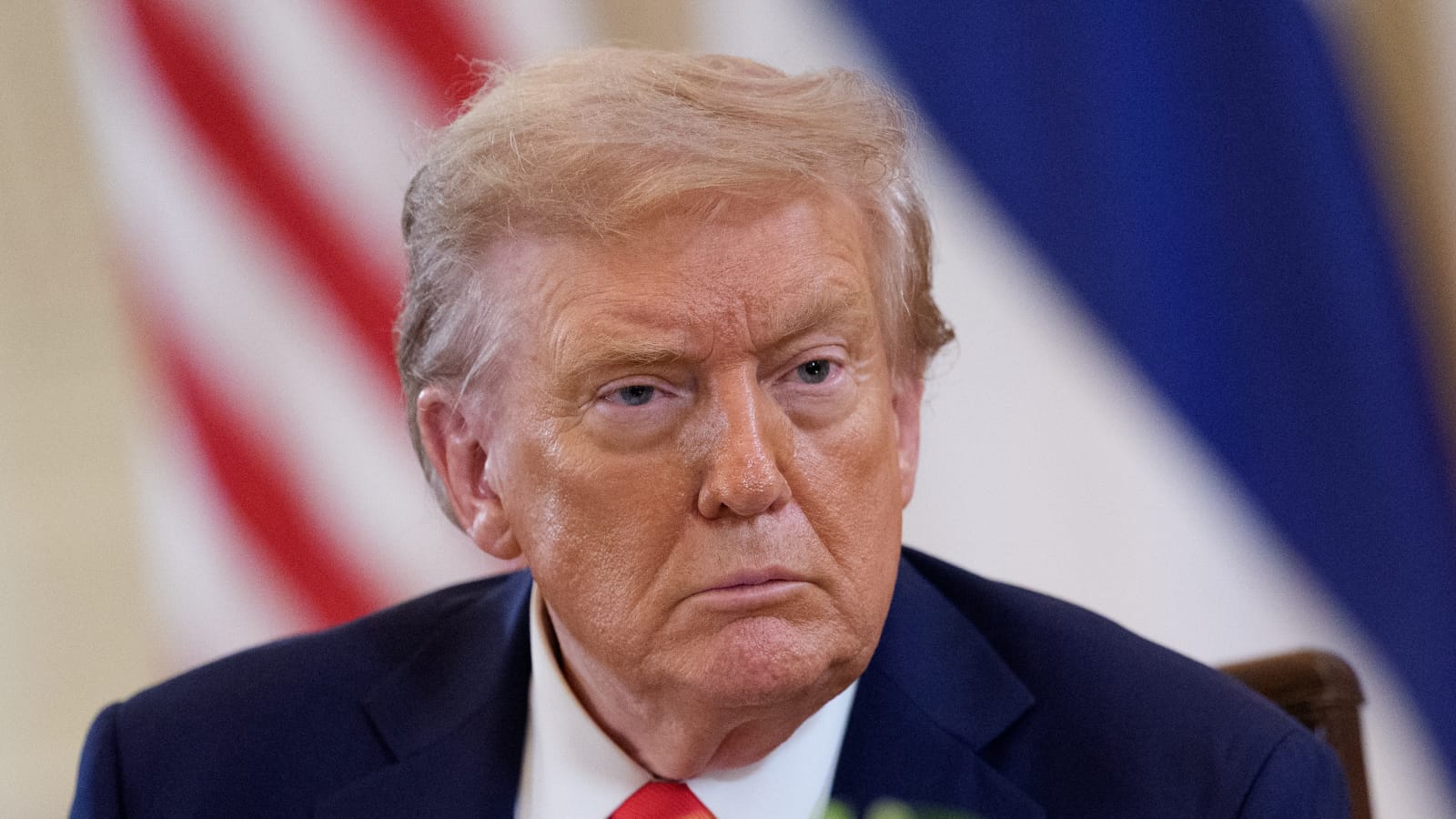
Since returning to office in January 2025, President Donald Trump has made more than 690 financial transactions totaling over $100 million in corporate and municipal bonds. That alone would be unprecedented for a sitting president. But what makes this truly staggering is the timing, the strategy, and the unmistakable conflict of interest: Trump is publicly pressuring the Federal Reserve to cut interest rates, while privately betting on the very outcome that would make his bond portfolio soar.
This isn’t economic policy. It’s self-dealing on a presidential scale.
How Bonds Work and Why Trump’s Strategy Is So Brazen
Let’s start with the basics. Bonds are loans issued by governments or corporations. Investors buy them, receive interest payments, and get their principal back when the bond matures. Crucially, bond prices rise when interest rates fall. That’s because older bonds with higher interest rates become more valuable in a low-rate environment.
So, when Trump buys $100 million in bonds and then demands rate cuts from the Fed, he’s not just talking policy, he’s talking his book. Every time he pressures Fed Chair Jerome Powell to lower rates, he’s potentially inflating the value of his own holdings.
This is the kind of behavior that would get a hedge fund manager hauled before Congress. But when the president does it? It’s brushed off as “just Trump being Trump.”
What Trump Bought and Why It Matters
According to filings from the Office of Government Ethics, Trump’s bond purchases span a wide range of entities:
• Corporate bonds from Meta, Home Depot, T-Mobile, UnitedHealth Group, Qualcomm, Citigroup, Wells Fargo, and Morgan Stanley
• Municipal bonds from school districts, hospital authorities, water and gas utilities, and regional development funds across the country
• At least $500,000 each in bonds from major corporations directly affected by federal regulation
• At least $250,000 in Meta bonds whose CEO donated $1 million to Trump’s inauguration
These aren’t passive index fund investments. They’re targeted bets on sectors that intersect with federal policy, regulatory oversight, and infrastructure funding. Trump’s ownership of municipal bonds, for example, puts him in a position to profit from federal allocations to local governments, allocations his administration controls.
The Ethics Vacuum
Most presidents place their assets in a blind trust to avoid even the appearance of impropriety. Trump has refused to do so again. Instead, he retains control over his investments, while delegating day-to-day management to his sons. But the profits still flow to him.
This creates a direct conflict of interest:
• Trump can influence interest rates through appointments to the Federal Reserve Board
• He can shape regulatory policy that affects the companies whose bonds he owns
• He can steer federal funds toward municipalities whose debt he holds
And he’s doing all of this while publicly attacking the Fed for keeping rates too high. In July, he called Powell “a disaster” and said the Fed was “choking the economy.” Days later, he bought another round of municipal bonds.
This isn’t just unethical. It’s corrosive to public trust.
Talking His Book: Trump as Portfolio Manager-in-Chief
Financial experts have noted that Trump’s behavior mirrors that of a portfolio manager trying to juice his returns. Russell Rhoads, a professor of financial management at Indiana University, said Trump’s pressure campaign is akin to “a fund manager going on CNBC and talking up a stock they own.”
Except Trump isn’t just talking. He’s governing.
His bond purchases suggest a clear bet on falling interest rates. That’s not illegal, but when the person making the bet also controls the levers of monetary influence, it’s a problem. Especially when that person has a history of using public office to enrich himself.
The Fed Under Pressure
Trump’s influence over the Federal Reserve is growing. He’s floated replacing Powell and has nominated Stephen Miran, a loyalist, to the Fed’s board. Miran would have direct input on rate decisions, regulatory policy, and bank oversight, all of which affect Trump’s bond holdings.
This politicization of the Fed undermines its independence. The central bank is supposed to be insulated from partisan pressure so it can make decisions based on economic data, not presidential tantrums. But Trump’s strategy is clear: stack the board, hammer the chair, and profit from the fallout.
Why This Matters for Local Communities
You might think this is just a Wall Street story. It’s not. Trump’s municipal bond holdings mean he profits when local governments pay back debt, often using federal funds. That creates perverse incentives:
• Favoring certain regions over others based on personal financial interest
• Delaying or redirecting aid to maximize bond returns
• Undermining equitable infrastructure investment
In places like Vancouver, WA, (where I live) where federal grants support schools, hospitals, and utilities, this matters. If Trump owns bonds tied to other regions, he may prioritize their funding over ours, not based on need, but on profit.
What We Must Demand
This moment demands accountability. Voters must insist on:
• Full financial transparency from elected officials
• Mandatory blind trusts for presidents and senior appointees
• Independent oversight of financial disclosures and ethics violations
• Public pressure on Congress to investigate conflicts of interest
Because if we allow this to stand, we normalize corruption. We tell future presidents that self-dealing is just part of the job.
Final Thought: This Is Not Normal
Trump’s $100 million bond binge isn’t savvy investing. It’s a case study in how authoritarian leaders blur the line between public duty and private gain. It’s a warning sign for every voter, every policymaker, and every watchdog.
This is not policy. It’s profiteering. And it’s happening in plain sight.
Let’s not wait for the next ethics scandal to speak up. Let’s call it what it is, and demand better.
8-21-2025
Erasing Truth: The Trump Administration’s War on History and the Dangerous Path Ahead
Craig Martel 8-21-2025
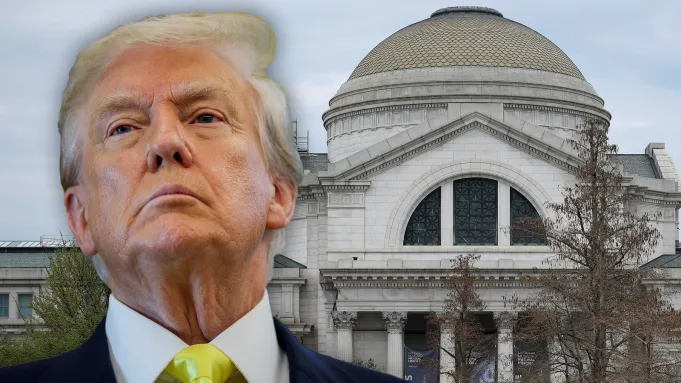
History is not a buffet. You don’t get to pick the parts that flatter you and toss the rest in the trash. But that’s exactly what the Trump administration is doing, whitewashing America’s brutal legacy of slavery, sanitizing presidential misconduct, and weaponizing cultural institutions to rewrite the national narrative. It’s not just dishonest. It’s dangerous.
This month, the Smithsonian Institution confirmed it had removed references to Donald Trump’s two impeachments from a presidential exhibit. The museum later restored them after public outcry, but with watered-down language, replacing “false statements” and “incitement” with vague, sanitized phrasing. This wasn’t an isolated incident. It’s part of a sweeping campaign to reshape how Americans understand their past and Trump’s role in it.
The Authoritarian Playbook: Control the Narrative
Trump’s executive order, titled “Restoring Truth and Sanity to American History,” demands that museums eliminate “divisive” and “anti-American” content. Translation? Anything that makes white Americans uncomfortable. Anything that acknowledges racism, slavery, or systemic injustice. Anything that reminds us that Trump was impeached, TWICE!!!
The Smithsonian, long respected for its scholarly independence, is now under review to ensure its exhibits reflect Trump’s vision of “American exceptionalism”. That includes removing artifacts like Harriet Tubman’s hymn book and Frederick Douglass’s memoir. These aren’t just objects. They’re sacred evidence of resistance, resilience, and truth.
Trump’s complaint? Museums focus “too much on how bad slavery was”. He wants more “brightness,” more “success,” and less “division.” But slavery was bad. It was horrific. It was foundational to America’s economy, politics, and social hierarchy. To downplay it is to lie. To erase it is to betray every descendant of the enslaved.
Sanitizing Impeachment: A Personal Rewrite
Trump’s obsession with erasing his impeachments is equally chilling. The Smithsonian’s temporary removal of his name from the impeachment exhibit wasn’t just a curatorial decision, it was a political maneuver. The updated display now includes Trump, but with softened language that omits key facts about his role in the January 6 insurrection.
This matters. Museums are where millions of Americans, especially students, learn about their country. When those institutions are pressured to omit or distort facts, we’re not educating. We’re indoctrinating.
Jason Stanley, an expert on authoritarianism, put it bluntly: “If they don’t control the historical narrative, then they can’t create the kind of fake history that props up their politics”. Trump isn’t just rewriting history. He’s rewriting himself into it as a hero, not a cautionary tale.
The Local Fallout: Healthcare, Education, and Trust
This historical revisionism isn’t confined to museums. It’s bleeding into schools, healthcare, and public discourse. The Trump administration’s partnership with PragerU, a conservative media outlet known for distorting history, is now shaping curricula in at least 10 states. That means kids are being taught that slavery wasn’t about race, that systemic racism is a myth, and that Trump’s impeachments were political stunts.
Locally, this undermines trust in public institutions. Healthcare providers, educators, and civic leaders are forced to navigate a landscape where truth is politicized. When history is rewritten, science is next. When slavery is downplayed, so is health equity. When impeachments are erased, accountability disappears.
In my local community; Vancouver, WA, and vast communities just like it, this means:
• Distrust in public health messaging, especially around racial disparities.
• Resistance to inclusive education, fueled by misinformation.
• Polarization of civic dialogue, where facts are dismissed as partisan.
Why This Is Insanity
Let’s call it what it is: insanity. You cannot change the past. You cannot erase slavery, impeachments, or insurrections with executive orders. You can only learn from them, or repeat them.
Trump’s push to whitewash history is not about patriotism. It’s about power. It’s about controlling how Americans see themselves, their country, and their leaders. It’s about silencing dissent, glorifying oppression, and gaslighting the public into submission.
This isn’t just a threat to historians. It’s a threat to democracy. Because when truth becomes optional, tyranny becomes inevitable.
8-20-2025
Revoking Clearances: Just One Move in a Broader Playbook to Control Americans
Craig Martel 8-20-2025
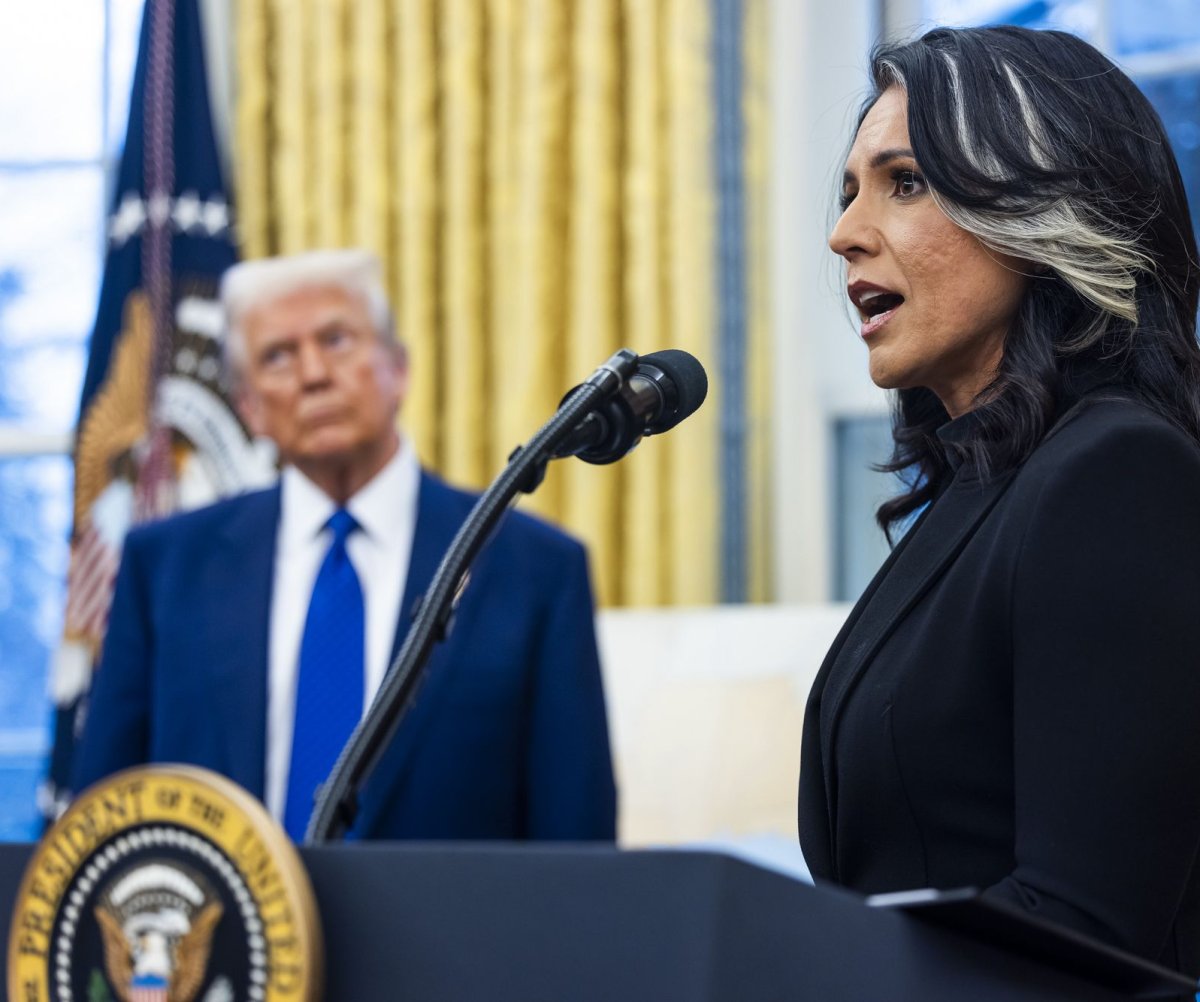
When President Trump revoked the security clearances of 37 current and former national security officials, many of whom specialized in analyzing foreign threats to U.S. elections, it wasn’t just a petty swipe at critics. It was a calculated maneuver in a broader campaign to consolidate control, suppress dissent, and reshape the narrative around American democracy.
Security clearances aren’t just bureaucratic badges. They’re tools that allow experts to access classified information, speak with authority, and hold power accountable. By stripping these individuals of their clearances, Trump didn’t just silence voices, he severed their access to the truth. And when truth becomes inconvenient, authoritarian instincts kick in.
This move fits a larger pattern: delegitimizing institutions, discrediting experts, and weaponizing loyalty. Whether it’s attacking the press as “the enemy of the people,” undermining the judiciary, or purging career diplomats, the goal is the same, erode trust in independent voices and replace them with sycophants who echo the party line. It’s not governance; it’s performance art with a chokehold.
Let’s be clear: many of the officials targeted had spoken out about Russian interference in U.S. elections. Their expertise threatened the narrative that foreign meddling was a hoax. By revoking their clearances, Trump didn’t just retaliate, he sent a message. Speak out, and you’ll be cut off. Stay silent, and you’ll be safe. That’s not democracy. That’s coercion.
And it doesn’t stop there. From manipulating census data to gutting watchdog agencies, the playbook is about control; of information, institutions, and ultimately, the American public. When leaders fear scrutiny more than foreign adversaries, we’ve crossed a dangerous threshold.
This isn’t just about Trump. It’s about the machinery of power that enables these moves. Congressional enablers, media echo chambers, and a fractured public discourse all play a role. The revocation of clearances is a symptom of a deeper illness: the erosion of democratic norms in favor of authoritarian impulses.
Americans should be alarmed, not just by the act itself, but by the silence that followed. When expertise is punished and loyalty is rewarded, we lose the very foundation of informed governance. We become spectators in a theater of control, where truth is optional and obedience is mandatory.
Revoking clearances may seem like a technicality. But in context, it’s a warning shot. It tells us that dissent will be punished, that truth will be managed, and that power will be protected at all costs. If we don’t push back, loudly, persistently, and collectively; we risk becoming complicit in our own silencing.
This is just one move. But it’s part of a larger game. And if we’re not careful, we’ll wake up to find the rules rewritten, the referees fired, and the scoreboard rigged. Democracy isn’t self-sustaining. It demands vigilance. And right now, that means calling out every attempt to control, coerce, and conceal.
August 18 2025
The Alaska Summit: Diplomacy as Spectacle, Failure as Forecast
Craig Martel 8-18-2025
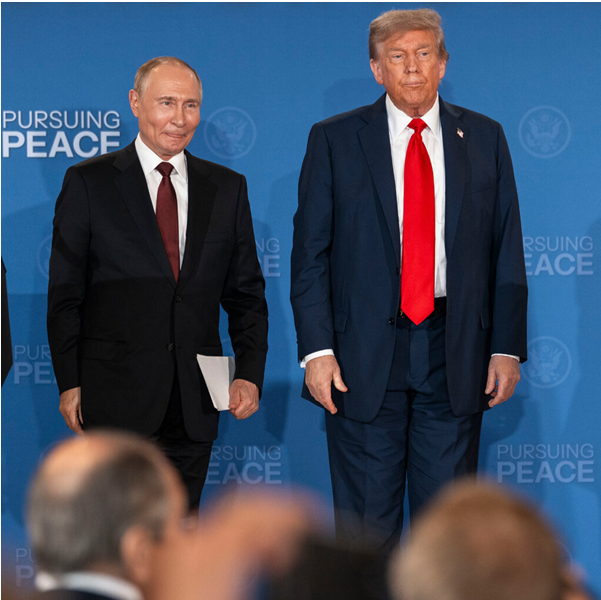
“Trump gave Putin a red carpet, a peace letter from Melania, and a press conference. Europe got ghosted. Ukraine got bombed. Diplomacy, brought to you by reality TV.”
That quote, now circulating across European diplomatic circles and American advocacy feeds, captures the essence of the July 2025 Alaska Summit, a geopolitical theater where the stakes were existential, but the script was hollow.
Act I: The Setup
Held in Anchorage, the summit was billed as a “breakthrough moment” for peace in Ukraine. Trump, fresh off his nomination by Cambodia for the Nobel Peace Prize, arrived with a media entourage and a handwritten note from Melania reportedly urging “peace for the children.” Putin arrived with a ceasefire proposal that excluded Ukraine, NATO, and any accountability for war crimes.
The optics were pristine: snowy backdrops, handshake photo ops, and a press conference that felt more like a campaign rally than a negotiation. But beneath the surface, the summit was structurally flawed.
• No Ukrainian representation
• No EU or NATO observers
• No binding framework for ceasefire enforcement
It was diplomacy without architecture, an empty tent in a blizzard.
Act II: The Collapse
Within hours, it became clear that the summit was not about peace, it was about positioning. Trump praised Putin’s “willingness to talk,” while Putin used the platform to accuse Ukraine of “terrorism” and demand recognition of Russian control over occupied territories.
European leaders were livid.
• Germany’s Wolfgang Ischinger declared, “Putin got his red carpet. Trump got nothing. No ceasefire, no peace. Clearly 1:0 for Putin.”
• Lithuania’s Defense Minister Sakaliene called Putin’s remarks “gaslighting and veiled threats,” noting that Russian missiles struck Kharkiv during the summit.
• Czech Foreign Minister Jan Lipavský warned that “Trump’s good intentions are being weaponized by Kremlin propaganda.”
Even traditionally cautious voices like EU Foreign Policy Chief Kaja Kallas stated bluntly: “Russia has no intention of ending this war. We need ironclad guarantees, not photo ops.”
Act III: The Fallout
The summit ended with a joint statement that included no ceasefire, no troop withdrawal, and no mention of Ukrainian sovereignty. Instead, it offered vague language about “future dialogue” and “mutual understanding.”
Meanwhile:
• Ukraine was bombed during the summit
• NATO was sidelined
• Putin gained global legitimacy without concessions
In essence, Trump handed Putin a PR victory while alienating allies and undermining the very institutions meant to uphold peace.
Strategic Consequences
1. Legitimizing Aggression
Putin’s presence at a U.S.-hosted summit, without preconditions or accountability, signals to autocrats worldwide that military aggression can be rewarded with diplomatic platforms.
2. Undermining NATO
By excluding NATO and floating the idea of Ukraine’s “neutrality,” Trump weakened the alliance’s credibility and emboldened anti-NATO voices in Hungary, Serbia, and even parts of Germany.
3. Alienating Europe
European leaders were not just excluded—they were blindsided. The lack of coordination has led to renewed calls for an independent EU defense strategy, separate from U.S. leadership.
4. Demoralizing Ukraine
Zelenskyy’s government, already stretched thin, now faces a legitimacy crisis. If the U.S. is willing to negotiate Ukraine’s future without Ukraine, what does sovereignty mean?
The Snarky Summary
Let’s not sugarcoat it:
This summit was a geopolitical Tinder date between Trump and Putin swipe right for autocracy, ghost NATO, and leave Ukraine on read.
It was diplomacy as spectacle, not substance. A peace summit where peace was never on the table. A moment that could’ve been historic, but instead became a cautionary tale.
8-17-2025
When the Numbers Stop: Why Trump’s Assault on the Bureau of Labor Statistics Should Terrify You
Craig Martel 8-17-2025
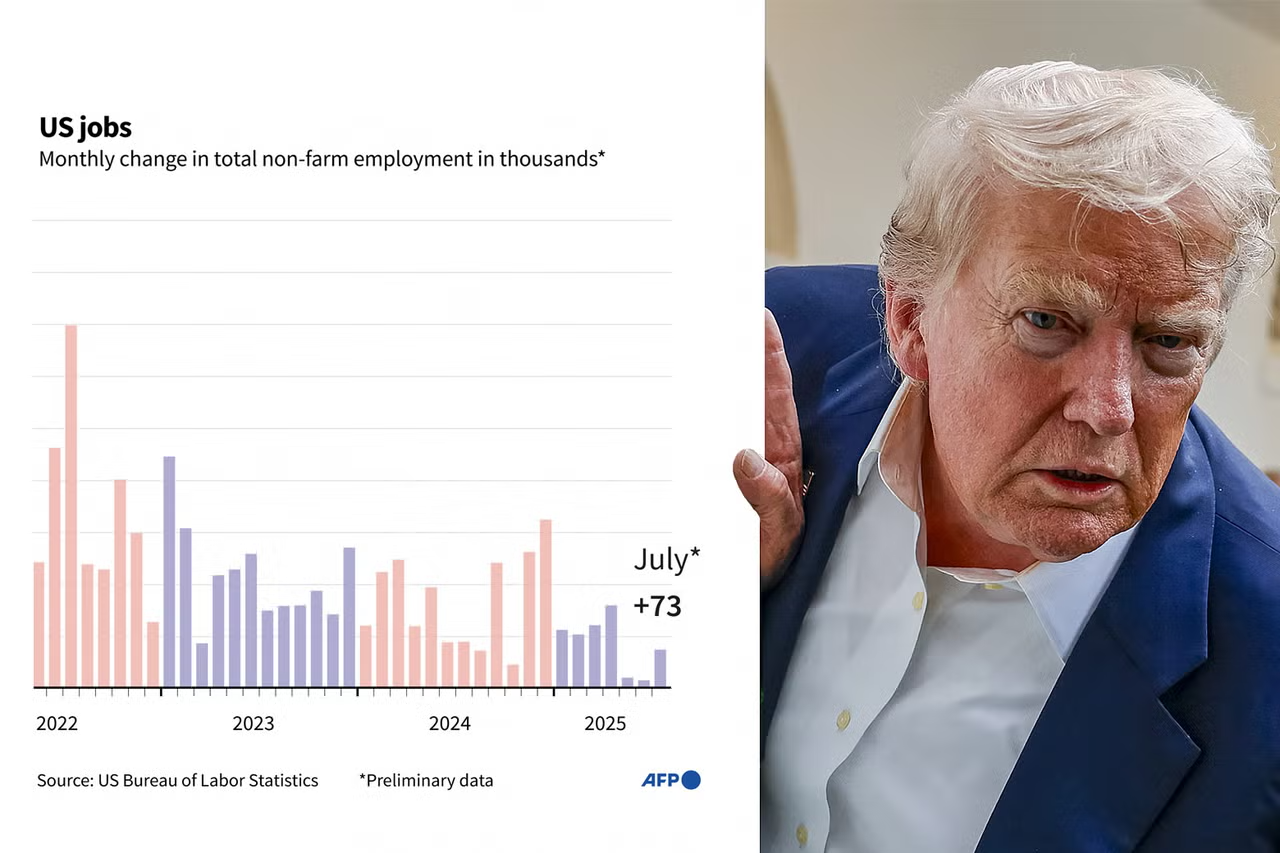
Earlier this week, President Donald Trump fired the commissioner of the Bureau of Labor Statistics (BLS), the person responsible for delivering the real, unfiltered numbers on jobs, wages, and inflation. In their place, he installed E.J. Antoni, a Heritage Foundation economist known more for partisan spin than statistical rigor. Within days, Antoni hinted that he might suspend the monthly jobs reports altogether. That’s not just a bureaucratic shake-up. It’s a full-blown assault on economic transparency, and it should terrify every American who cares about truth, accountability, and the health of our democracy.
Let’s be clear: the BLS isn’t some obscure agency tucked away in the federal basement. It’s the backbone of our economic understanding. Every month, it releases data that shapes everything from interest rates to unemployment benefits to business investment. When you hear that the economy added 200,000 jobs or that inflation rose 3.2%, that’s BLS. When your local government decides how to allocate workforce training funds, or when your employer adjusts wages based on cost-of-living trends, they’re relying on BLS data. It’s not optional. It’s foundational.
So why would Trump want to silence it?
Because facts are inconvenient when you’re trying to sell fiction. Trump has long been obsessed with controlling the narrative around economic performance. During his first term, he routinely dismissed unfavorable data as “fake news,” even when it came from his own agencies. He pressured economists to revise forecasts, cherry-picked numbers that flattered his policies, and accused career civil servants of sabotage when the numbers didn’t go his way. But firing the BLS commissioner and threatening to halt monthly reports takes that obsession to a dangerous new level.
This isn’t just about ego. It’s about power.
Imagine a world where the government stops telling you how many people are unemployed. Where inflation data is “under review” indefinitely. Where wage growth is reported only when it suits the president’s reelection campaign. That’s not transparency. That’s propaganda. And it’s exactly what authoritarian regimes do when they want to manipulate public perception and suppress dissent.
E.J. Antoni’s appointment is no accident. He’s not a neutral statistician. He’s a political operative with a history of pushing misleading economic narratives. He’s claimed that inflation under Biden was “intentional,” that job growth was “fake,” and that the Federal Reserve is part of a “deep state” conspiracy. These aren’t serious economic arguments; they’re ideological talking points designed to sow distrust and confusion. Putting him in charge of the BLS is like hiring a climate change denier to run NASA’s Earth Science division. Its sabotage dressed up as reform.
And the consequences will be felt far beyond Washington.
Markets rely on BLS data to make decisions. If investors can’t trust the numbers, volatility spikes. Interest rates swing. Retirement accounts suffer. Businesses rely on labor statistics to plan hiring, expansion, and wages. Without reliable data, they’re flying blind. Workers lose bargaining power. Policymakers lose the ability to respond to crises. And voters lose the ability to hold leaders accountable.
This isn’t theoretical. We’ve seen what happens when governments manipulate economic data. In Argentina, political interference in inflation reporting led to years of distorted prices and eroded public trust. In Russia, unemployment figures are massaged to hide economic pain. In China, GDP growth is often reported as a political goal rather than a measured outcome. These regimes don’t just lie about numbers; they use those lies to justify repression, enrich elites, and silence critics.
America is supposed to be different.
We built institutions like the BLS to ensure that truth isn’t subject to political whims. Its career staff are economists, statisticians, and analysts, not campaign operatives. Its methodologies are transparent, peer-reviewed, and time-tested. It doesn’t care who’s in power. It cares about accuracy. That’s why its data is trusted by Democrats, Republicans, and independents alike. Undermining that trust isn’t just reckless; it’s dangerous.
And let’s not forget the timing.
Trump is running for reelection. The economy is front and center. If job growth slows or inflation ticks up, he wants to control the narrative. By silencing the BLS, he can claim whatever numbers suit his campaign. He can say unemployment is down; even if it’s not. He can say wages are rising; even if they’re stagnant. He can blame Biden for economic pain while hiding the data that tells the real story. It’s not just spin. It’s strategic disinformation.
So, what can we do?
First, we need to raise hell. This isn’t a niche issue for economists, it’s a crisis for every American who relies on facts to make decisions. Journalists, business leaders, and civic advocates must demand transparency. Congress must investigate. State and local governments must prepare to fill the data gap if federal reporting collapses. And voters must understand what’s at stake.
Second, we need to protect the integrity of our institutions. That means defending career civil servants from political retaliation. It means funding independent data collection at the state level. It means supporting watchdog groups that monitor economic reporting. And it means refusing to accept manipulated numbers as truth.
Finally, we need to remember why this matters.
Economic data isn’t just numbers on a spreadsheet. It’s the story of our lives. It tells us whether we’re making progress, whether our policies are working, and whether our communities are thriving. It helps us fight poverty, plan for the future, and hold leaders accountable. When that data is distorted or suppressed, we lose the ability to govern ourselves. We lose the ability to know what’s real.
And that’s exactly what Trump wants.
He doesn’t want accountability. He wants control. He doesn’t want transparency. He wants obedience. By gutting the BLS, he’s not just attacking an agency. He’s attacking the idea that truth should guide policy. That facts should matter. That democracy requires informed citizens.
We can’t let that happen.
So, the next time someone tells you that monthly jobs reports are boring or irrelevant, remind them what’s really at stake. Remind them that when the numbers stop, the lies begin. And remind them that defending truth isn’t just an economic issue; it’s a moral one.
Because in the end, democracy doesn’t die in darkness. It dies when we stop counting.
8-15-2025
When the Feds Take the Keys: What D.C.’s Police Takeover Means for Every American City
Craig Martel 8-15-2025

In a move that stunned legal scholars and local leaders alike, the federal government has effectively seized control of Washington, D.C.’s police department. Attorney General Pam Bondi appointed DEA Administrator Terry Cole as “emergency police commissioner,” stripping the city’s police chief of authority and requiring federal approval for any operational decisions. Bondi also rescinded D.C.’s sanctuary city policies, ordering local officers to assist in immigration enforcement. The justification? A 30-day emergency declaration from President Trump, citing crime and immigration concerns.
This isn’t just a D.C. drama. It’s a blueprint. If this maneuver holds, it could be replicated in any city deemed politically inconvenient or ideologically defiant. The implications are staggering: a collapse of local autonomy, a chilling expansion of federal power, and a direct threat to the democratic principle that communities should govern themselves.
Let’s break down what’s happening, why it matters, and what it could mean for cities like Seattle, Portland, Chicago, or even Vancouver, WA.
The Federal Playbook: Declare, Override, Control
The mechanics of the takeover are deceptively simple. The president declares an emergency. The attorney general invokes federal authority. A loyalist is installed to run the police. Local policies, especially those protecting immigrants, are nullified. And suddenly, the city’s elected leaders are spectators in their own government.
This isn’t about crime rates or public safety. It’s about control. D.C. has long been a thorn in the side of conservative federal officials: progressive, diverse, and proudly defiant. By targeting its police department, the administration isn’t just flexing muscle, it’s sending a message to every city that dares to chart its own course.
Why This Should Terrify Every Mayor in America
If this tactic is normalized, here’s what cities can expect:
1. Local Democracy on Life Support
City councils, mayors, and police chiefs could be sidelined by federal appointees. Decisions about public safety, community engagement, and resource allocation would be made by outsiders with no accountability to local residents.
2. Sanctuary Cities Dismantled
Policies that protect undocumented residents, like refusing to share data with ICE or declining to hold people for immigration detainers, would be overridden. Police would be forced into immigration roles, eroding trust and making communities less safe.
3. Militarized Urban Governance
Federal agents, National Guard troops, and surveillance infrastructure could flood neighborhoods under the guise of “emergency response.” Civil liberties would take a backseat to optics and control.
4. Legal Whiplash
Cities would be caught in a maze of lawsuits, injunctions, and constitutional showdowns. The courts might eventually intervene, but the damage to trust, stability, and democratic norms would already be done.
5. A Precedent for Authoritarian Expansion
If this works in D.C., what’s to stop it from happening in Seattle, Portland, or New York? The definition of “emergency” could be stretched to include homelessness, protests, or even election outcomes. The federal override becomes a political weapon.
The Immigration Angle: Weaponizing Fear
Let’s be clear: this isn’t about border security. It’s about using immigration as a wedge to justify federal control. By framing sanctuary policies as threats to public safety, the administration creates a pretext for intervention. It’s a tactic rooted in fear, not facts.
In reality, sanctuary cities are safer. They foster trust between police and immigrant communities, encourage crime reporting, and reduce racial profiling. But facts don’t matter when the goal is domination. By forcing local police to act as immigration agents, the federal government undermines public safety and sows’ division.
The D.C. Exception and Why It’s Not One
Some argue that D.C. is unique because it’s not a state. Congress has broad authority over the District, and federal intervention isn’t new. But this move goes far beyond budget oversight or symbolic gestures. It’s a direct operational takeover of a local police force, and if it succeeds, it sets a precedent that could be applied elsewhere.
The legal firewall protecting cities from federal overreach is thin. Emergency powers, national security claims, and funding threats can all be used to justify intervention. What’s happening in D.C. is a test case. If it holds, the floodgates open.
What Cities Can Do—And Why They Must
This is a moment for bold resistance. Cities must assert their right to self-govern, defend their policies, and challenge federal overreach in court and in public. Here’s how:
• Legal Action: D.C. officials have already filed suit. Other cities should prepare legal strategies to defend their autonomy and sanctuary policies.
• Public Messaging: Mayors and councils must speak clearly and forcefully. This isn’t about partisanship—it’s about democracy.
• Coalition Building: Cities must unite. A coordinated response from urban leaders nationwide can shift the narrative and raise the stakes.
• Federal Pushback: Congressional allies should investigate, hold hearings, and propose legislation to limit emergency powers and protect local governance.
The Stakes for Vancouver, Seattle, and Beyond
In cities like Vancouver, WA and Seattle, this isn’t theoretical. Both have progressive policies, sanctuary protections, and vocal communities. If federal override becomes a tool of political retaliation, these cities could be next.
Imagine Vancouver’s police chief replaced by a federal appointee. Sanctuary policies scrapped. Local leaders gagged. It’s not far-fetched it’s a few executive orders away.
That’s why this moment matters. It’s not just about D.C. It’s about every city that believes in local democracy, community trust, and the right to govern without federal interference.
Conclusion: Cities Must Draw the Line
The federal takeover of D.C.’s police department is a warning shot. It’s a test of how far executive power can reach, and how willing cities are to fight back. If local leaders stay silent, the precedent will spread. If they resist, they can draw a line that protects not just their communities, but the very idea of democracy.
This isn’t just a legal battle. It’s a moral one. Cities must choose: autonomy or acquiescence, trust or fear, democracy or control.
Because if the feds can take the keys in D.C., they can take them anywhere.
8-12-25
Manufacturing Crisis: Trump’s Path to Martial Law Before the Midterms
Craig Martel 8-12-2025
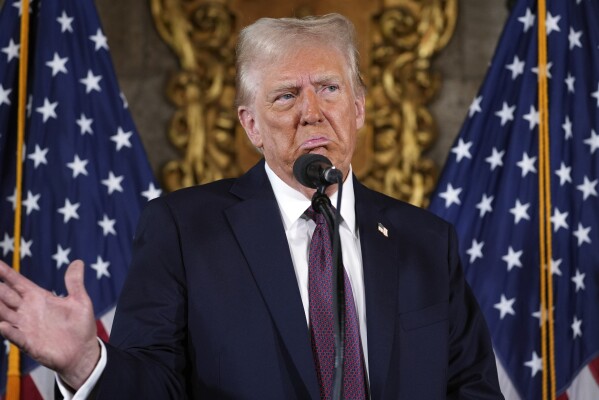
Donald Trump’s recent claim that Washington, D.C. is in a state of emergency, despite crime rates being down, shouldn’t be dismissed as political hyperbole. It’s a signal. A test balloon. And if we’re paying attention, it’s clear: he’s setting the stage for declaring martial law before the midterms.
Let’s start with the facts. Violent crime in D.C. is down 26% compared to last year. Property crime is down. Homicides are down. The city is safer than it’s been in years. But Trump isn’t interested in facts. He’s interested in optics. By painting the nation’s capital as a lawless wasteland, he’s not just fearmongering; he’s rehearsing a justification.
Because if he can claim emergency powers in a city where crime is falling, he can claim it anywhere. Chicago.
Philadelphia. Atlanta. Portland. All he needs is a narrative of chaos, and a compliant media ecosystem to echo it. The goal isn’t to solve crime, it’s to weaponize it. To use it as a pretext for federal intervention, suspension of civil liberties, and ultimately, control.
This isn’t new. Authoritarian leaders throughout history have manufactured crises to consolidate power. They declare emergencies, deploy troops, override local governance, and silence dissent. Trump’s rhetoric is following that playbook step by step. His calls to “clean up” D.C. by removing homeless people “far away” aren’t policy, they’re staging. They’re about clearing the streets for optics, not justice.
And the timing? It’s no accident. The midterms are approaching, and Trump knows he doesn’t have the numbers; so, he’s trying to change the rules. If he can declare martial law, even in limited jurisdictions, he can disrupt voting, suppress turnout, and cast doubt on the legitimacy of the results. He doesn’t need to win fairly. He just needs enough chaos to claim the system is broken.
Politics are local. And so is resistance. If we allow Trump’s narrative to go unchecked, we risk normalizing the idea that federal force is the answer to urban challenges. We risk turning cities into battlegrounds, and elections into security operations. We risk losing the very mechanisms that make democracy possible.
This is not alarmism. It’s pattern recognition. From calling for mass pardons of insurrectionists to installing loyalists in the DOJ, Trump is building a framework where law is subordinate to loyalty. Where emergency powers are triggered not by facts, but by fear.
We must call this out. Loudly. Relentlessly. We must demand transparency, accountability, and truth. Because if martial law becomes a campaign strategy, the midterms won’t be an election they’ll be a referendum on whether democracy still functions.
We need to talk, discuss and debate this... Silence now means surrender later…
8-12-2025
RFK Jr.’s Misinformation Megaphone
“That Was Handed to Him by Trump”
Craig Martel 8-12-2025

Robert F. Kennedy Jr. isn’t just spreading misinformation; he’s institutionalizing it. Since being handed the Health and Human Services megaphone by Donald Trump, Kennedy has used his platform to push debunked claims, dismantle public health infrastructure, and sow distrust in science itself.
His most dangerous move? Terminating over $500 million in federal contracts for mRNA vaccine research, based on false claims that these vaccines cause new virus mutations and fail to protect against respiratory infections. Experts from the World Health Organization and leading universities have called this decision a “significant blow” to global health. The truth: mRNA vaccines saved millions of lives during COVID and remain vital for future pandemics.
Kennedy also revived long-debunked myths linking vaccines to autism, fired expert advisory panels, and replaced them with handpicked ideologues. He’s ordered studies into disproven vaccine theories and banned safe preservatives used for decades, all while ignoring overwhelming scientific consensus.
His rhetoric isn’t just wrong, it’s dangerous. After years of vilifying the CDC, a gunman recently targeted its headquarters, citing vaccine conspiracy theories Kennedy helped popularize. CDC staff described feeling like “sitting ducks,” and Kennedy’s response? A fishing photo posted before any statement of support.
He’s also trafficked in racist pseudoscience, suggesting Black Americans have stronger immune systems and should follow different vaccine schedules, echoing centuries-old medical tropes that fuel mistrust and harm.
Trump may have handed Kennedy the soapbox, but it’s Kennedy who’s turning it into a wrecking ball. His “Make America Healthy Again” campaign is a Trojan horse for pseudoscience, and his policies threaten to undo decades of progress in public health.
If we don’t call out these lies now, we risk watching our health agencies become tools of ideology instead of guardians of truth.
Do or Die: Can Our Courts Hold the Line?
Craig Martel 8-11-2025
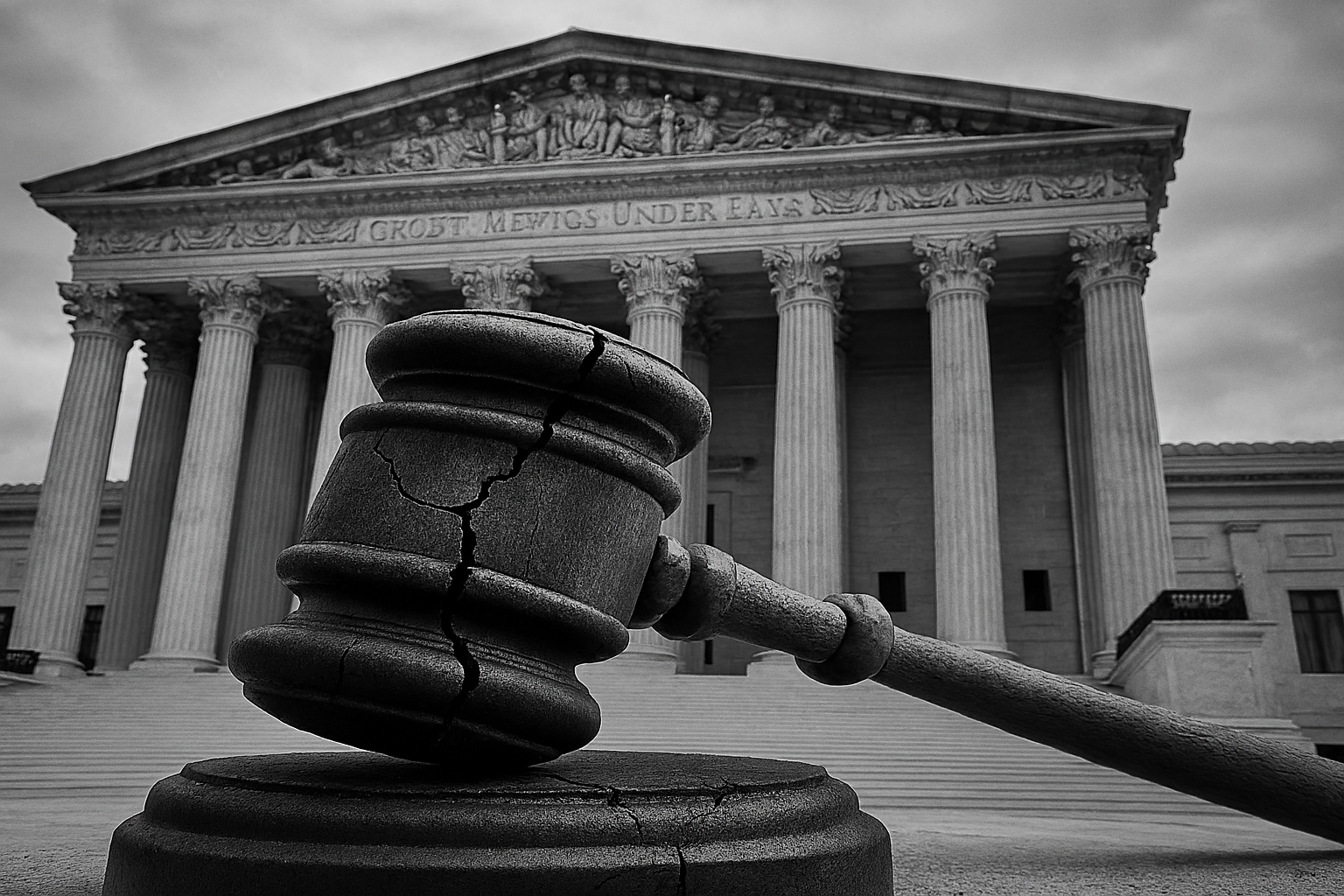
We are at the edge. Not metaphorically. Not someday. Now.
Eleven former federal judges, some appointed by Republican presidents, have issued a stark warning: if Trump’s legal strategy is allowed to play out, it will “run roughshod” over the judiciary’s ability to check executive power. Their amicus brief doesn’t mince words. It calls the threat “devastating to the efficacy of the Nation’s courts.” Translation? The rule of law is on life support.
This isn’t just about one case. It’s about whether our courts can still function as a co-equal branch of government. Trump’s legal team is pushing a theory of executive immunity so extreme it would make Nixon blush. If accepted, it would mean presidents can break laws with impunity; as long as they claim it was part of their official duties. That’s not immunity. That’s monarchy.
The judiciary has always been the last guardrail. When Congress folds, when the executive overreaches, it’s the courts that step in. But what happens when the courts themselves are undermined; when their jurisdiction is dismissed, their authority eroded, and their legitimacy dragged through the mud?
We’re already seeing it. Judges attacked by name. Rulings ignored or delayed. Entire legal frameworks twisted to serve political ends. And now, a former president arguing that he’s above the law entirely.
This is a do-or-die moment. If the courts cave, if they allow this theory to stand, we lose more than a case. We lose the idea that no one is above the law. We lose the foundation of democratic accountability. We lose the ability to say, with any credibility, that our institutions still work.
Politics are local. So is justice. And while federal judges may wear robes and sit behind marble benches, their decisions ripple into every city council, school board, and community meeting. If the courts fall, the rot doesn’t stay in Washington; it spreads.
We need to speak up. Loudly. Relentlessly. We need to support judges who uphold the law, not bend it. We need to demand that our courts remain independent, impartial, and unafraid. Because if they don’t hold the line, there is no line left to hold.
This isn’t alarmism. It’s a fire alarm. And it’s ringing.
8-10-2025
“Trump’s Federal Surge in D.C. Isn’t About Safety It’s About Control”
Craig Martel 8-10-2025
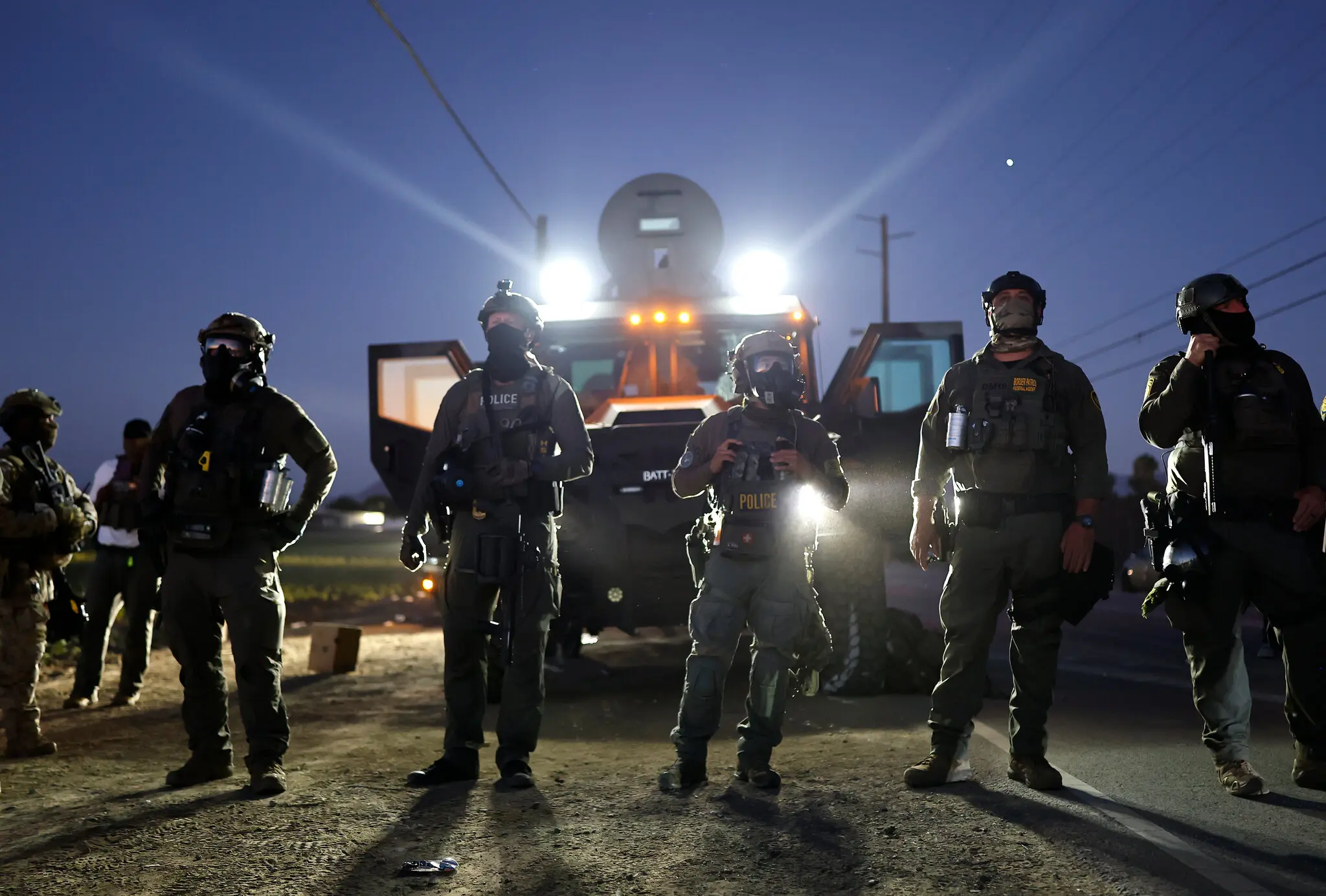
Last week, Donald Trump sent over 120 federal agents into Washington, D.C., citing a violent carjacking as justification. The move was swift, theatrical, and deeply troubling, not because crime is out of control (it’s not), but because it signals something far more dangerous: a test run for martial law.
Let’s be clear. Violent crime in D.C. has declined in the past year. The city’s own data shows progress, not collapse. But Trump doesn’t need facts, he needs fear. And what better way to stoke it than by painting the nation’s capital as a lawless wasteland, then riding in with federal muscle?
This isn’t about public safety. It’s about power.
Trump has already threatened to repeal the Home Rule Act, which gives D.C. limited autonomy. He’s floated deploying the National Guard without the mayor’s consent. These aren’t idle threats, they’re constitutional red flags. If he can override local governance in D.C., what’s to stop him from doing it elsewhere?
We’ve seen this playbook before. In 2020, Trump deployed federal agents to Portland and other cities under the guise of protecting federal property. The result? Escalated tensions, injured civilians, and a chilling reminder that federal force can be used not to protect, but to intimidate.
Now, with an election looming, he’s reviving the same tactics, only this time, the stakes are higher. D.C. isn’t just any city. It’s the seat of American democracy. And Trump’s willingness to treat it like a personal fiefdom should alarm every voter, regardless of party.
This federal surge isn’t a one-off. It’s a rehearsal. A way to normalize executive overreach, undermine local control, and lay the groundwork for something darker. Martial law doesn’t arrive with a press release; it creeps in under the banner of “security.”
We must call this what it is: a power grab disguised as a crackdown. And we must resist it with facts, with organizing, and with an unwavering commitment to local democracy.
Because if Trump can federalize D.C. on a whim, he can do it anywhere. And that’s not law and order, it’s authoritarianism.
By Craig Martel 8-10-2025
Democracy Undermined by Design
By Craig Martel 8-8-2025
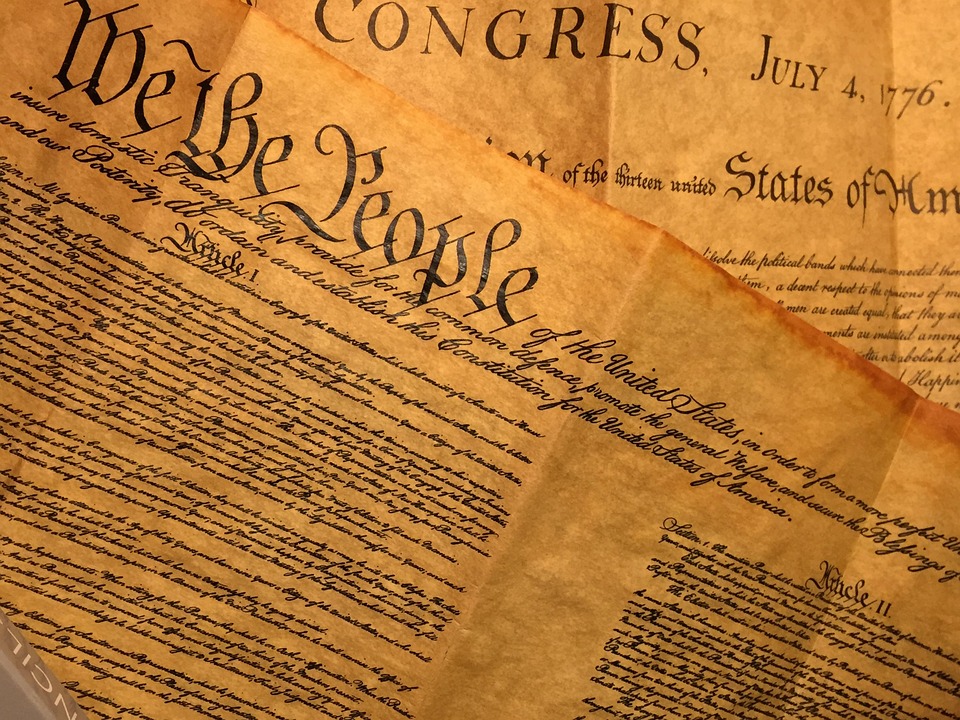
What we’re witnessing isn’t just political maneuvering, it’s a calculated erosion of democratic norms. Voter suppression is being repackaged as “election integrity,” a euphemism that masks the deliberate disenfranchisement of marginalized communities. The goal isn’t fairness, it’s control.
Courts, once the bulwark of impartial justice, are being stacked with loyalists whose allegiance lies not with the Constitution, but with the ideology of those who appointed them. This undermines the judiciary’s role as a check on executive power and erodes public trust in legal outcomes.
Civil servants, those who quietly uphold the machinery of governance; are being replaced by enforcers of loyalty. Competence and ethics are sidelined in favor of obedience, turning public institutions into tools of partisan enforcement.
Corporations, too, are being bent into compliance. Not through legislation, but through financial threats and public intimidation. The message is clear: toe the line or face economic retaliation. This stifles innovation, silences dissent, and warps the free market into a political weapon.
And then there’s the media. It’s not banned outright, that would be too obvious. Instead, it’s starved of reach, algorithmically buried, and drowned out by noise. Independent journalism fades not because it’s false, but because it’s inconvenient.
This isn’t just a shift in policy; it’s a shift in power. A slow, deliberate dismantling of democratic infrastructure. If we don’t call it out, resist it, and rebuild what’s being hollowed out, we risk losing not just our institutions, but the soul of our democracy.